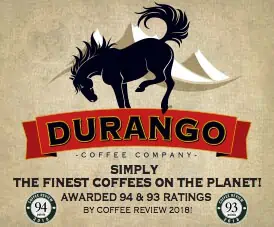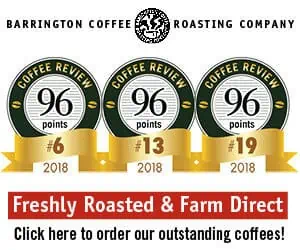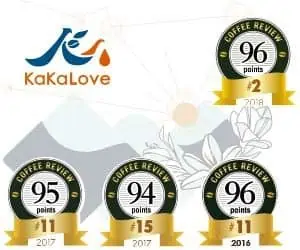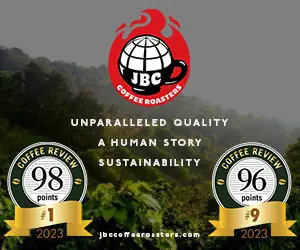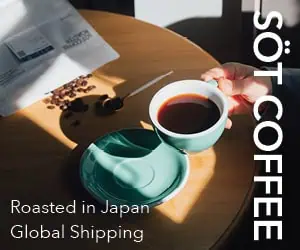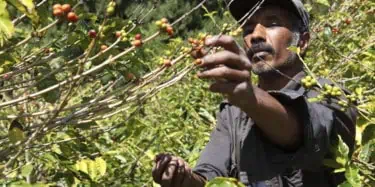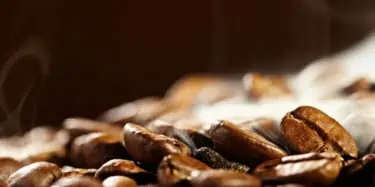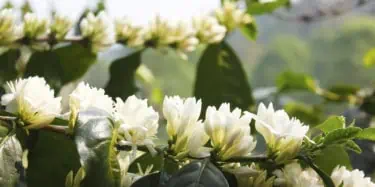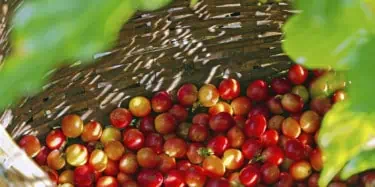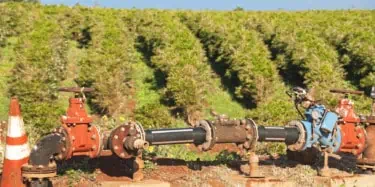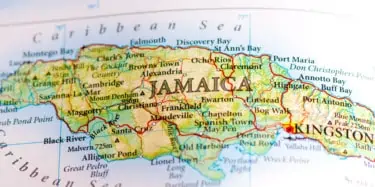The practice of roasting a coffee from a single farm or cooperative for espresso brewing is a tactic that appears to be carrying the day at the higher end of the North American specialty coffee world. The old argument against single-origin espressos and in favor of blends ran: Put a single, unblended coffee under the magnifying intensity of espresso brewing and the coffee is liable to come out
Journal
Coffee Review publishes regularly scheduled monthly coffee tasting reports according to our editorial calendar as well 100-point wine-style coffee reviews throughout the month. Our Journal page is where we share news, updates, and general blog posts to keep readers and industry professionals up to date about Coffee Review and other topics of interest to coffee lovers.
Instant Coffees and Starbucks VIA: Beyond Bad
Snobs are people who make judgments for non-intrinsic reasons. Like brands for example (Starbucks is great, Starbucks sucks), or market ideologies (corporate coffee is bad, coffee from tiny stores with a roaster in the back are good), or on the basis of various other untested assumptions. We try to be anti-snob at Coffee Review by tasting coffees blind and honestly reporting on our findings, even
Old Farmers, Migration, and the Decline of Agriculture as We Know It
No one is talking about what happens at home as young men increasingly migrate to urban and cross-border jobs – and it’s not just in Mexico. Census studies in many countries indicate that there is an increasing proportion of people over 50 in rural areas. In fact one study suggests that the average age of farmers in Latin American countries will be over 50 and not expected to decline. What does
Hario V60
There is hip and there is hip. The Hario V60 is definitely what the doctor ordered for the new slow coffee movement, that is brewed coffee done by hand, one cup at a time. I heard some marketing guru state the other day that the single-cup coffee market was going to be big. Really? That would have been big news a few years ago. Frankly, I’ve been using one-cup brewers for a dozen years, but I’m
Inside Ratings and Coffee Review
Readers occasionally call Coffee Review to task for rating coffees too high. (On the other hand, others ask why we've never rated a coffee higher than 97. That latter question I’ll save for another time and another blog.) But in response to those harboring the “too high” suspicion, the first thing I would point out is that in general we only publish reviews of coffees that exceed 87 or 88. That
Learning from Chocolate: The Pairing Experiment
A few weeks ago I took a few steps across a relatively new frontier of coffee connoisseurship known generally as “pairing,” i.e. recommending certain coffees that best pair with certain foods. Although I’ve always found the pairing process interesting, I’ve never pursued it in any depth. But when I was offered an opportunity (in this case a modestly paid opportunity) to attempt to pair coffees
Agtron Numerology
If you’ve ever read a review on coffeereview.com, you’ve most likely noticed a pair of Agtron numbers listed below the attribute scores. Unless you work in the coffee industry, you probably don’t have a clear idea what these numbers represent. The inquisitive have undoubtedly copied and pasted the term Agtron into search engines to yield information about the Nevada based company of the same name
More Coffee Aroma/Flavor Notes: Flowers and Aromatic Wood
Flowers and aromatic wood situate at opposite ends of the sensory range for coffee, though they both are among the most common and attractive of aroma and flavor notes. Floral notes appear to be a direct expression of the floral tendencies of the coffee fruit and seed; at times they show up as pure expressions of the perfumy, jasmine-like scent of the coffee flower itself. Those new to coffee
Resuming with Sweetness
So let’s blog again like we did last summer. Reviewing three or four descriptive terms per week is the new plan. Judging by an occasional puzzled email, sweetness may be one of the more confusing terms for those new to coffee description. We use the term regularly in our reviews, and it’s one of the most important technical descriptors used in evaluating quality in green coffee. Yet readers
Tall-Drink Espressos: Best Blends for Big Milk
One old-time coffee generalization certainly got shot down by this month’s reviews: the notion that the way to get pronounced espresso flavor in large (i.e. caffè latte-sized) volumes of hot milk is to roast the hell out of the coffees. The idea used to be that the burned pungency of darker roasted coffees would cut through the sweetening, muffling impact of the milk better than medium roasts,
Sowden SoftBrew Review
When I first laid eyes on this brewer, visiting Oren and Nancy Bloostein, I thought it was a teapot. Elegant, it was attractive. Maybe I thought it could serve coffee, but who transfers coffee from the brewer to the server anymore? Oren insisted I take it home and try it out. All the way home all I could think about was the opportunity to try out a new technology. I’m beginning to think there
Colombia Coffee and Rediscovering “That” Coffee Taste
I recently received an email from a self-proclaimed, coffee obsessed reader. The question she asked was a difficult one to answer. It had to do with that feeling many coffee drinkers have had. You know the one, that feeling of coffee being in some way better in the past. It could have been last year or twenty-five years ago, but that memory of the way coffee used to taste lingers. Maybe it was
Demystifying Mokka
On the Island of Maui a unique cultivar called Mokka is commercially cultivated. I first heard of it perhaps a decade ago and over the years I have heard things like it is a varietal brought from Yemen or Ethiopia; always an air of mystique around its origins. While it’s a wonderfully romantic notion that it is some unknown cultivar from who knows where, the reality is that there is nothing
What’s a Cortado?
Recently a Coffee Review reader sent in a request that we post information on our website about cortado, a relatively obscure coffee beverage in North American cafés. I searched the reference pages, thinking some mention of it had to be buried in the “espresso cuisine” section. But no, no cortado was to be found. Most serious coffee drinking café denizens are able to precisely define the
Those Little Scoops
How many of you measure coffee using a tiny scoop that came with your coffee maker? Maybe things are different around an august group of coffee aficionados, but I just returned from a weekend retreat and all I could find was a subminiature spoon. I resisted the urge to remove it from my hosts’ residence for evaluation, but I suspect it measured between 5 and 7 grams of coffee. This let me to a
Porta-filter densation
I was talking to Scott Callaghan the Australian barista champion just before he left for London for the World Barista Championship and I mentioned to him about “densation.” It’s a clumsy word but its similar to the principle that occurs with the sorting of green beans in a good dry-mill where you have a ‘densimetric’ table that is on an angle and when it vibrates the larger beans go to the top and
Making Sense (or Not Making Sense) of Words for Roast Color
Pawel, in a recent response to my blog “Boomeranging to Super Light Roasts,” asks whether he should order his favorite coffee, a Sumatra Takengon Gayo Organic from the Aceh region, at “City+” or a somewhat darker “Full City.” He answers his own question, quite correctly I think, by writing that there is only one way to find out, and that is by trying both versions. But his response reminded me
Boomeranging to Super Light Roasts
It occurred to me again as we were cupping five beautiful single-origin samples from two of the leading new-paradigm roasting companies (call them third wave , fourth wave – whatever wave we’re on now) that some of these exciting, ground-breaking roasting companies may be edging toward, well, too light a roast. What an irony – even five years ago in the San Francisco Bay Area, where I live you
Jamaica
Jamaica has long grown coffee, at one time, for a short while, it was one of the world’s largest producers of the crop. Much of the coffee comes from Jamaica’s famed Blue Mountains. Despite its reputation for quality I, like many coffee professionals, cannot remember a time in which it actually was great. I traveled to Jamaica recently to better understand the industry there and why the coffee is
Mission Coffee Can.com – Web series about coffee?
Coffee has never been successful on TV. We keep trying, but thus far, I think it’s fair to say that the beverage coffee just doesn’t translate well to the screen. Why I’m not sure, having a foot in both subjects, as a producer for much of my adult life, and a coffee lover and writer. I’ve been to all the major cable TV networks and heard the same responses when I brought them coffee concepts. The

